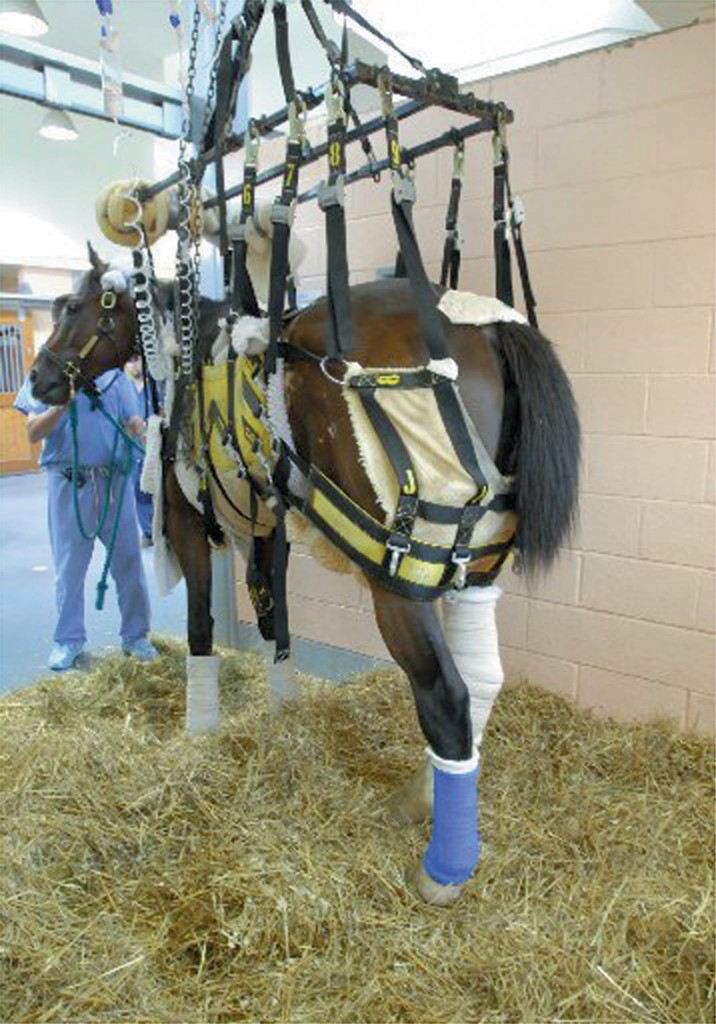History of laminitis may date to ancient Greece and beyond
Maryland farrier Henry Heymering published “A Historical Perspective of Laminitis” in April 2010 in the journal Veterinary Clinics of North America: Equine Practice.
His research found a seeming understanding of laminitis dating to the Hittite empire from the 17th to 12th century B.C. in Anatolia (roughly present-day Turkey) and northwestern Syria. The Hittites were the first to use iron. They also adopted cuneiform script to record their Indo-European language on tablets. Heymering says the Hittites’ care in feeding and watering horses after exercise suggest they were aware of laminitis.
The first written mention of laminitis may have been by ancient Greek historian and philosopher Xenophon, who lived from about 430 to 354 B.C. He wrote about a disease called “barley surfeit” (surfeit translates to excess) and said: “Diseases are easier to cure at the start than after they have become chronic and have been wrongly diagnosed.”
Many contemporary laminitis researchers quote Aristotle as the first to discuss laminitis in the tome “The History of Animals” in 350 B.C. Aristotle was an ancient Greek doctor turned philosopher. His work in zoology is called “the grandest biological synthesis of the time” by the University of California’s Museum of Paleontology.
Looking at two translations of “The History of Animals” available online, only one includes a specific reference to barley surfeit in the text. The other mentions barley disease in an editor’s footnote. And the use of barley surfeit may not refer to laminitis. Nonetheless, Aristotle seems to have an understanding of laminitis.
The translation by D’Arcy Wentworth Thompson, available on MIT’s website, says:
“Horses out at pasture are free from all diseases excepting disease of the feet. From this disease they sometimes lose their hooves: but after losing them they grow them soon again, for as one hoof is decaying it is being replaced by another. Symptoms of the malady are a sinking in and wrinkling of the lip in the middle under the nostrils, and
in the case of the male, a twitching of the right testicle.
“Stall-reared horses are subject to very numerous forms of disease. They are liable to disease called ‘eileus’ (this appears to be colic). Under this disease the animal trails its hind-legs under its belly so far forward as almost to fall back on its haunches; if it goes without food for several days and turns rabid, it may be of service to draw blood, or to castrate the male. The animal is subject also to tetanus: the veins get rigid, as also the head and neck, and the animal walks with its legs stretched out straight. The horse suffers also from abscesses. Another painful illness afflicts them called the ‘barley-surfeit.’ The are a softening of the palate and heat of the breath; the animal may recover through the strength of its own constitution, but no formal remedies are of any avail.”
Heymering, who used a different, though similar translation, for his research, says the symptoms Aristotle described for barley surfeit do not fit laminitis. He also says that the translation he used suggests the text was altered by another hand. In the translations online, there do appear to be similarities to laminitis in Aristotle’s first paragraph, such as the hoof falling off and regrowing. The second paragraph specifically mentioning barley surfeit affecting the palate seems to be a reference to a different disease if in fact Aristotle wrote that at all.
The next half century includes more interesting suggestions for veterinary care for laminitis, according to Heymering:
First century: Columella describes blood descending to the feet, creating heat, and recommends bleeding from the middle of the leg as a treatment.
Fourth century: Apsyrtus, the father of veterinary medicine, says barley disease should be treated by dietary restriction and exercise in addition to bleeding.
Fourth century: Chiron describes lameness, heat, blood and possible separation in the hooves.
Fifth century: Publius Vegetius Renatus mentions problems from overfeeding barley and suggests purges, febrifuge (fever reduction), moderate bleeding, diet and exercise as treatments. He recommends a laxative diet of green meat, which apparently is fresh cut grass and other greens, with nitre, apparently potassium nitrate, and if that doesn’t work, castration.
Heymering says the Dark Ages from 500 to 900 were silent on laminitis in publications, though many things happened in hoof care, particularly the development of iron shoes and nails.
Heymering goes on to cover in detail the dizzying and depressing treatments of laminitis over the next 1,500 years and ends his paper in a summary of frustration:
“We’ve had nearly 2,000 years of bleeding as treatment, 1,700 years of exercise as treatment and more than 40 years of phenylbutazone as treatment – without proof of effectiveness in treating laminitis. Although longevity suggests effectiveness, until we have proof of our treatments, future generations may find them as quaint and misdirected” as the ancient treatments that have come before.
